Liverpool Street Station named ‘at risk’ by Victorian Society Endangered Buildings list
Liverpool Street Station has been added to the Victorian Society’s list of endangered buildings in light of development proposals that plan to partly demolish the historic station.
The Victorian Society has included the Grade II-listed Liverpool Street Station in its most recent list of endangered buildings, released on 20 June. This comes as the latest move in a fight to oppose the proposed ‘regeneration project’ development plans for the station and historic hotel next door, a move which the Victorian society has labelled as ‘grossly opportunistic’, but which developers and Network Rail call ‘vital’.
Property development firm Sellar is spearheading the controversial plans. Sellar’s portfolio also includes the Shard and the 440,000 sq feet, 17-storey glass Paddington Square building next to Paddington Station.
The £450 million proposals will provide a ‘vital station upgrade’, according to Sellar, working alongside partners Network Rail and Hong-Kong based public transport operator MTR, who also operates the Elizabeth Line.
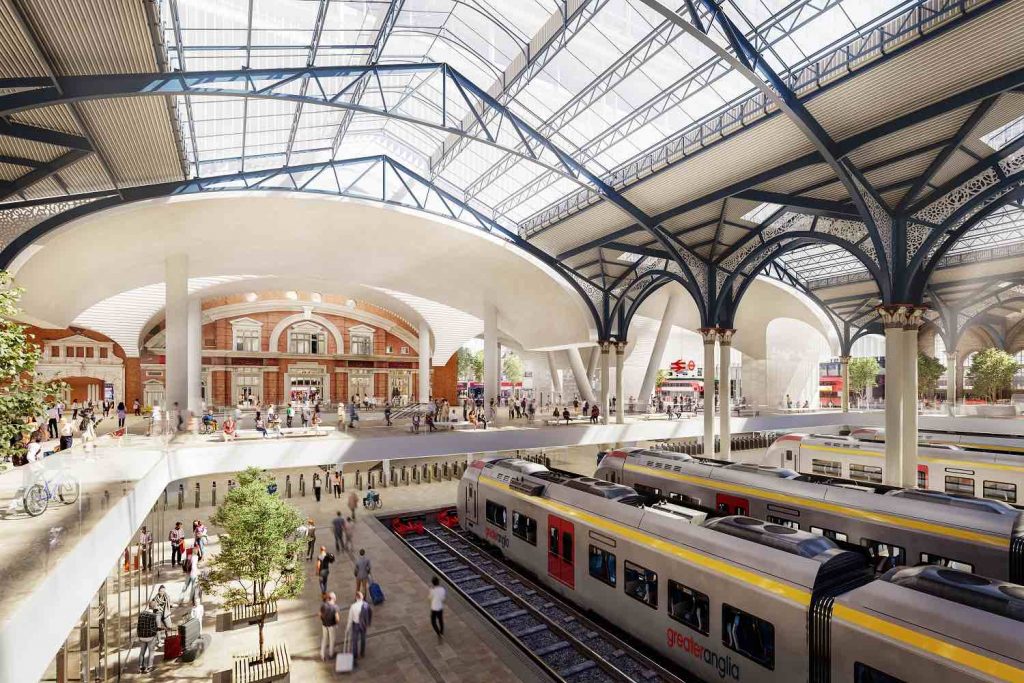
The main aspects of the designs garnering concern involve the partial demolition of the station’s glass roof and the addition of 16 storeys of office and hotel space above the station. The tower will be built above the neighbouring historic Andaz Hotel, formerly the Great Eastern Hotel, which also features on the endangered buildings list. The Victorian Society has called the addition of this tower ‘unprecedented’ over a grade-II listed building.
Developments to the station will supposedly address ‘chronic’ accessibility, overcrowding and capacity issues. To achieve this, Sellar plan to increase the number of lifts to seven from the current single one, double the size of the concourse, and add extra escalators and sixty percent more ticket barriers.
This is all part of a wider £1.5 billion overhaul seeking to transform Liverpool Street station into a ‘world-class transport hub and landmark seven-days a week destination’. The tower block addition will include a four-lane, 25-metre swimming pool, heated by surplus heat from the offices, and a rooftop garden and cafe with views to St Pauls. Both will be open to the public, designed to provide the community with amenities and sports facilities not currently available.

The station’s last upgrade was in the 1990s when the roof now under threat of demolition was added, built to closely resemble the Victorian original. This was also when footfall in Liverpool Street was well below the swarms of crowds it experiences today, and of course, long before the addition of the Elizabeth Line.
Sellar asserts that their proposal prioritises protecting and restoring the remaining Victorian elements of the station, like the Victorian trainshed, while emphasising that the Victorian-inspired roof was not added until the 1990s. The proposal also stresses that the developments will come at no cost to the taxpayer or farepayer, and that the station will remain open for use throughout construction.
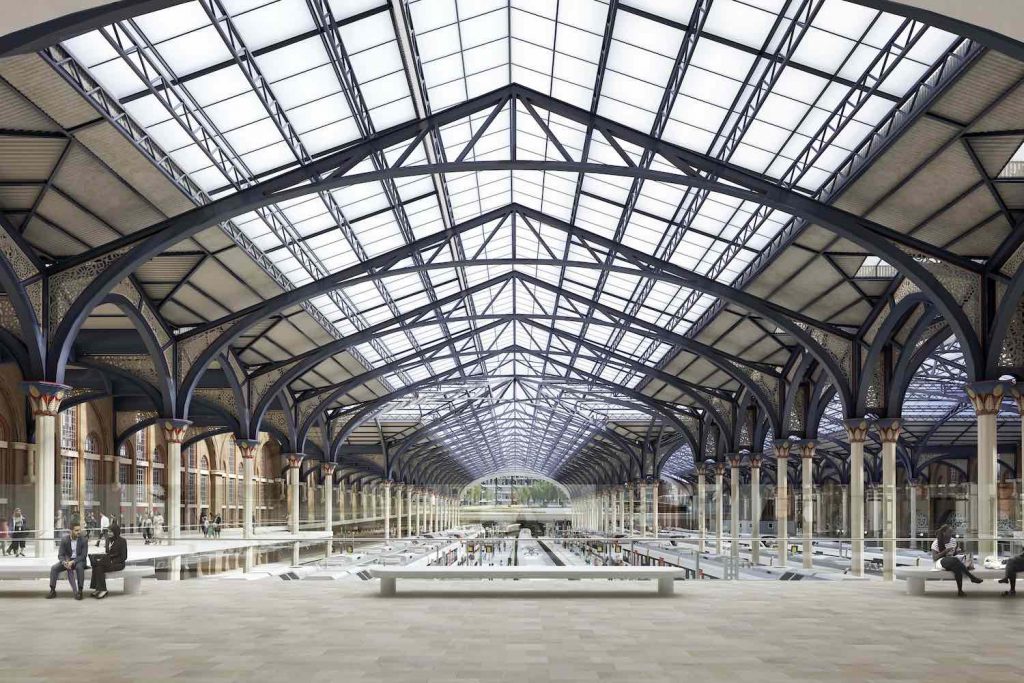
Yet the Victorian Society says that if the plans are approved, this would set a ‘dangerous precedent’ for the future of other listed buildings, putting all buildings at risk of harm. The society also asserts that the proposed station improvements would destroy the impression of a cohesive space inside the station. Concerns have also been raised about the potential negative impact of the tower’s addition on views of St. Pauls.
The announcement of the endangered buildings list comes as the latest in an ongoing battle driven by the Victorian Society against the development plans. The Victorian Society is chairing the reformed Liverpool Street Station Campaign (LISSCA), which previously stopped the station’s total demolition in the 1970s.
An unprecedented number of heritage organisations have gathered in coalition to oppose the developments. The Victorian Society is joined by Save Britain’s Heritage, The Twentieth Century Society, Historic Buildings & Places, The Georgian Group, The Spitalfields Trust, Civic Voice, and London Historians: a reflection of the severity of the threat which they deem Sellar’s plans to pose.
Griff Rhys Jones, president of the Victorian Society and LISSCA, has said ‘I cannot believe that we have had to put a national monument, a great railway station, a part of the story of London and the City to our list of Endangered buildings’.
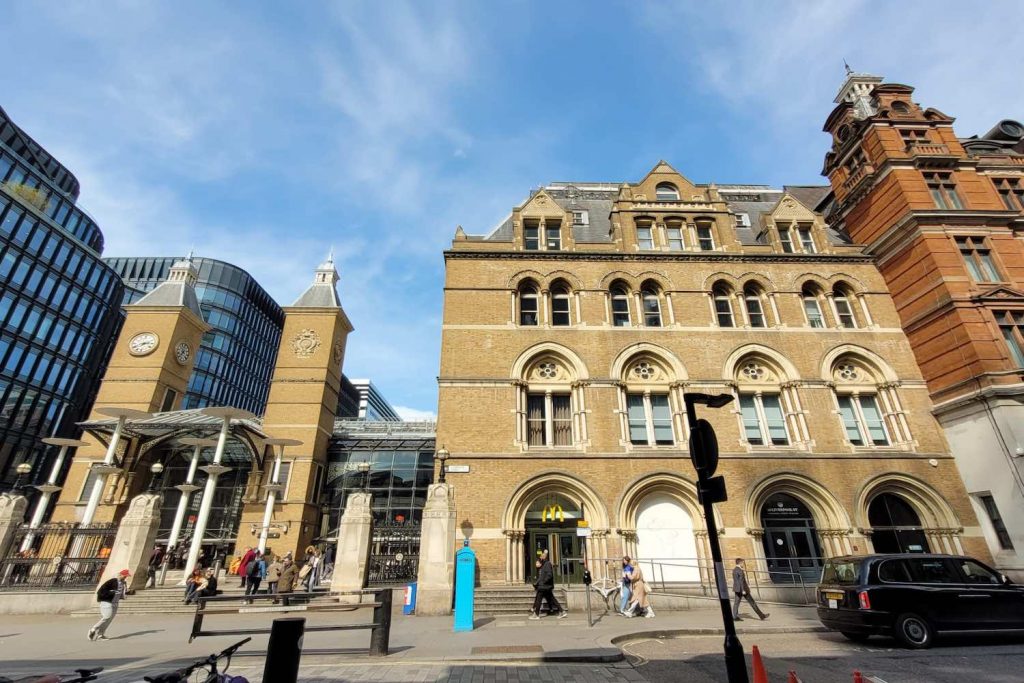
The list’s announcement also follows a letter sent in May to the Times, urging Secretary of State for Levelling Up, Housing and Communities Michael Gove to call in the planning application, labelling the development plans ‘grossly opportunistic’.
The letter was also signed by prominent voices from the Arts, Architecture and Academia, including Stephen Fry and Tracey Emin. It argued that similar accessibility goals could be achieved independently of a commercial venture, which they contend would ‘swamp and destroy’ the station’s historic charm.
The Victorian Society have also launched a petition and fundraiser for what they deem inevitable legal costs to fight the development.
In response to the Victorian Society’s announcement, a spokesperson for Sellar has said, ‘The original Liverpool Street station was largely demolished in the 1980s and replaced with the current concourse and facilities which were designed for far fewer travellers than are using the station today.
‘Our proposals are essential in helping London maintain its status as a world-class city and encouraging people back to the capital by significantly improving the experience for the station’s millions of commuters and other users. The transformation will create a sustainable transportation hub, fit for future generations.’

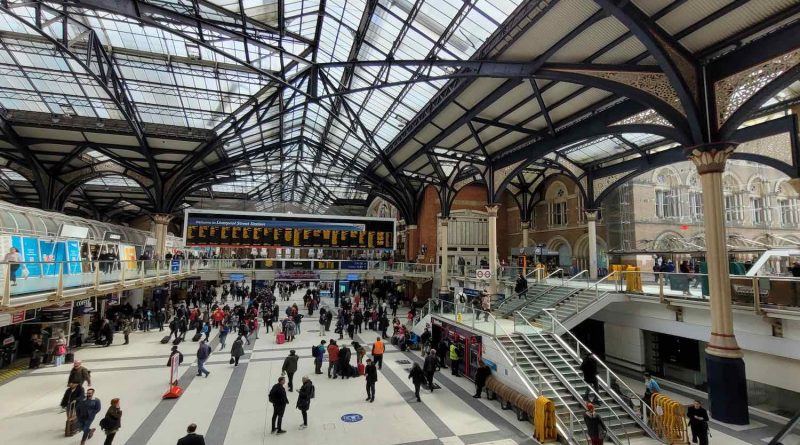
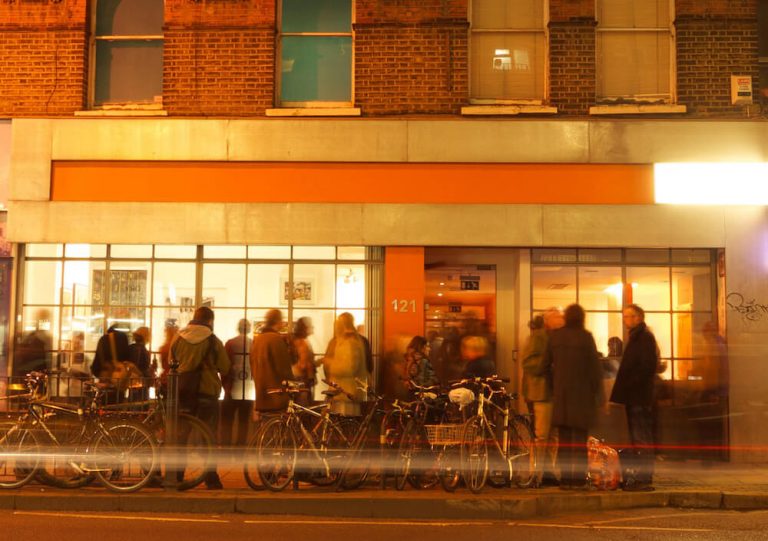
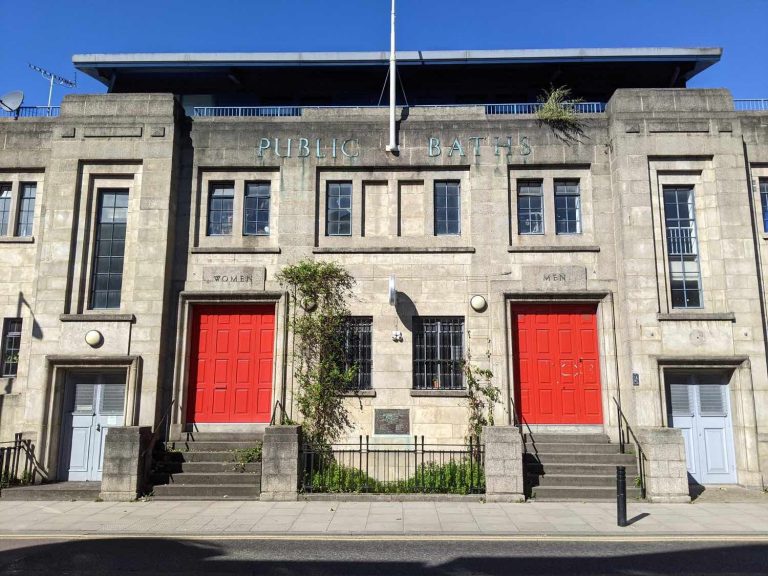
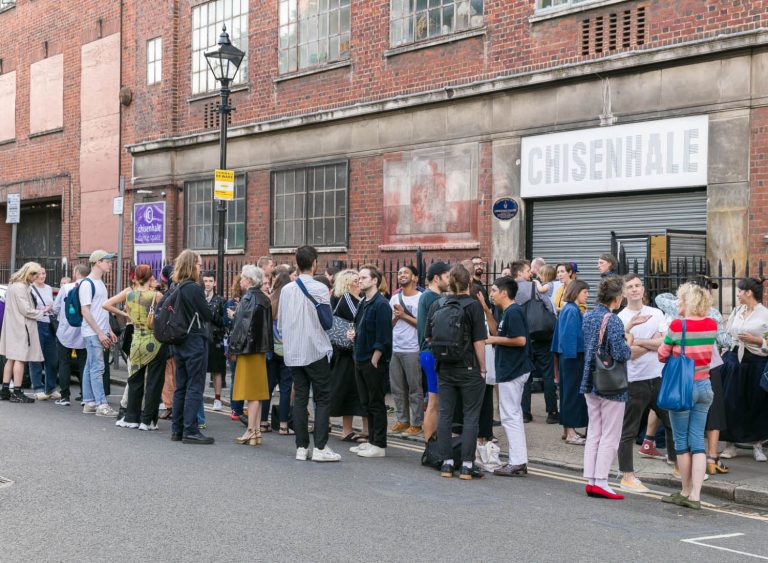


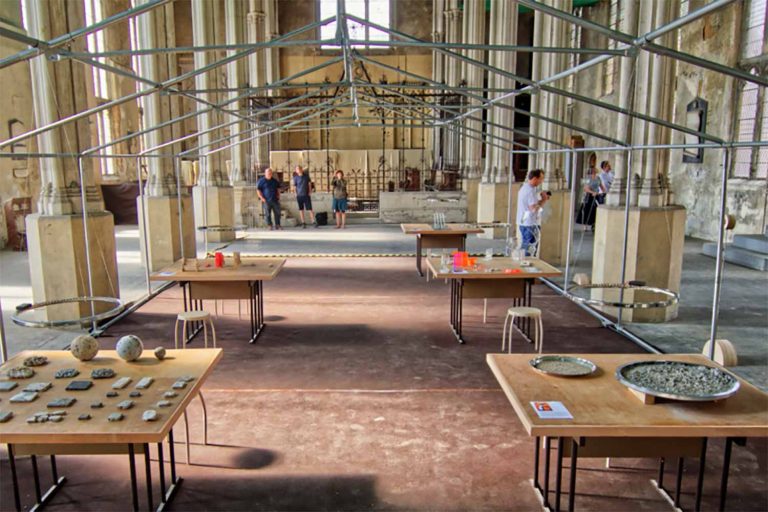

LEAVE THE PLACE ALONE! LIVERPOOL STREET STATION IS A GRADE II BUILDING – WHAT IS THE POINT OF THIS IF ONE IS GOING TO ALLOW FOREIGN COMPANIES TO COME AND ALTER SUCH A FINE LOOKING BUILDING.
STAND UP AND SAY NO!!!!!!!!!!!!!!!!!!!!!!!!!!!!!!!!!!!!!!!!!!!!!!!!!!!!!!!!!!!!!!!!!!!!!!!!!!!!!!!!!!!!!!!!!!!!!!!!!!!!!!!!!!!!!!!!!!!!!!!!!!!!